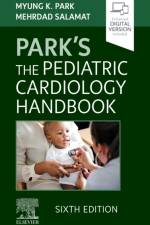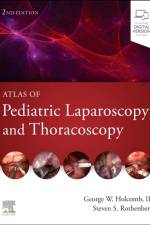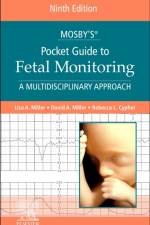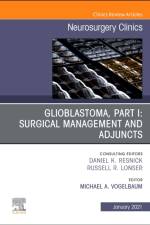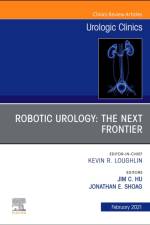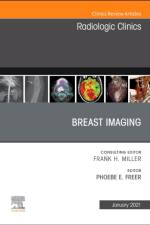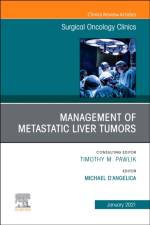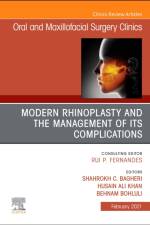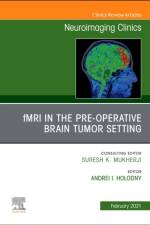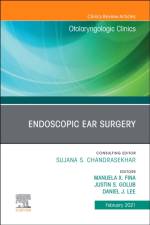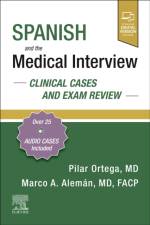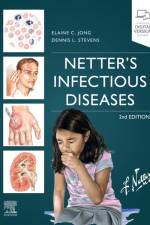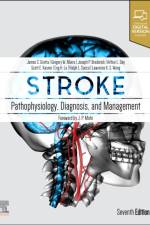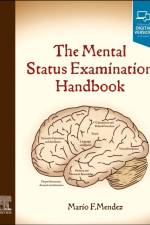1 025
Widely used by students, residents, generalists, and specialists, Netter''s Infectious Diseases, 2nd Edition delivers must-know information on infectious diseases in a highly illustrated, easily accessible format. Concise visual overviews of essential topics provide a convenient, trustworthy way to review the basics of a given infectious disease or issue or to share with patients or staff. Drs. Elaine Jong and Dennis Stevens cover the basics of this complex field using memorable illustrations by world-renowned artist Frank H. Netter and others, offering a time-saving, authoritative look at infectious diseases life cycles, clinical presentations, and pathophysiology. Covers major conditions and problems such as vaccine-preventable diseases, drug-resistant staph, community acquired pneumonia, surgical infections, pyelonephritis, viral hepatitis, and sexually transmitted infections-and provides updated approaches to diagnosis, treatment, prevention, and standards of care. Includes new clinical vignettes added to most chapters. Provides updated and expanded coverage of emerging infectious diseases such as multidrug resistant tuberculosis (MDR-TB), neuroangiostrongyliasis (rat lungworm disease), Ebola virus, Severe Acute Respiratory Disease (SARS), Middle East Respiratory Syndrome (MERS), Coronavirus Infectious Disease-2019 (COVID-19), and novel influenza viruses including public health concerns. Covers vector-borne diseases including malaria, yellow fever, Zika infections and congenital Zika syndrome, West Nile fever, Lyme disease, tick-borne encephalitis, and Chagas disease plus others. New chapters on travelers'' diarrhea, cholera, and primary amebic meningoencephalitis debut in the section on international travel and outdoor activities. Contains memorable parasite life cycles and unforgettable parasite infection clinical vignettes. Features unparalleled illustrations by Drs. Frank H. Netter, Carlos Machado, and others, as well as radiologic images. Provides 24 printable patient education brochures in the enhanced ebook. Enhanced eBook version included with purchase. Your enhanced eBook allows you to access all of the text, figures, and references from the book on a variety of devices.

